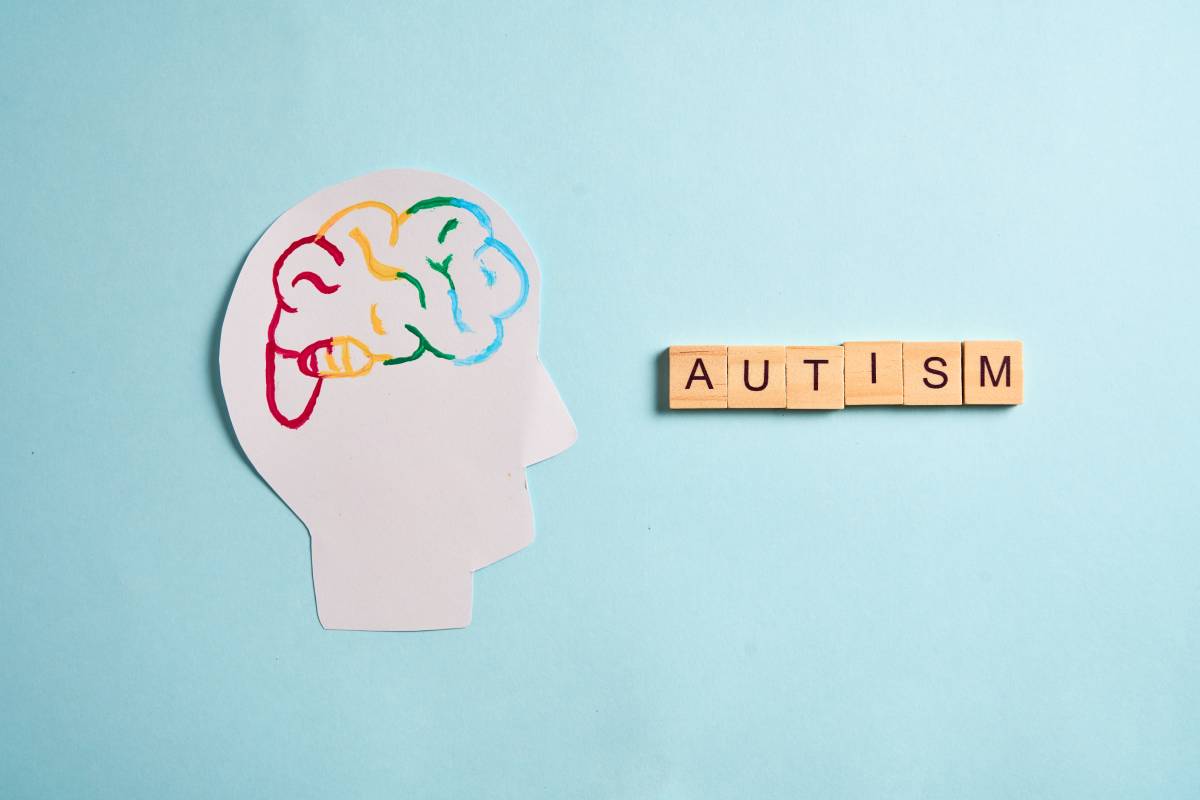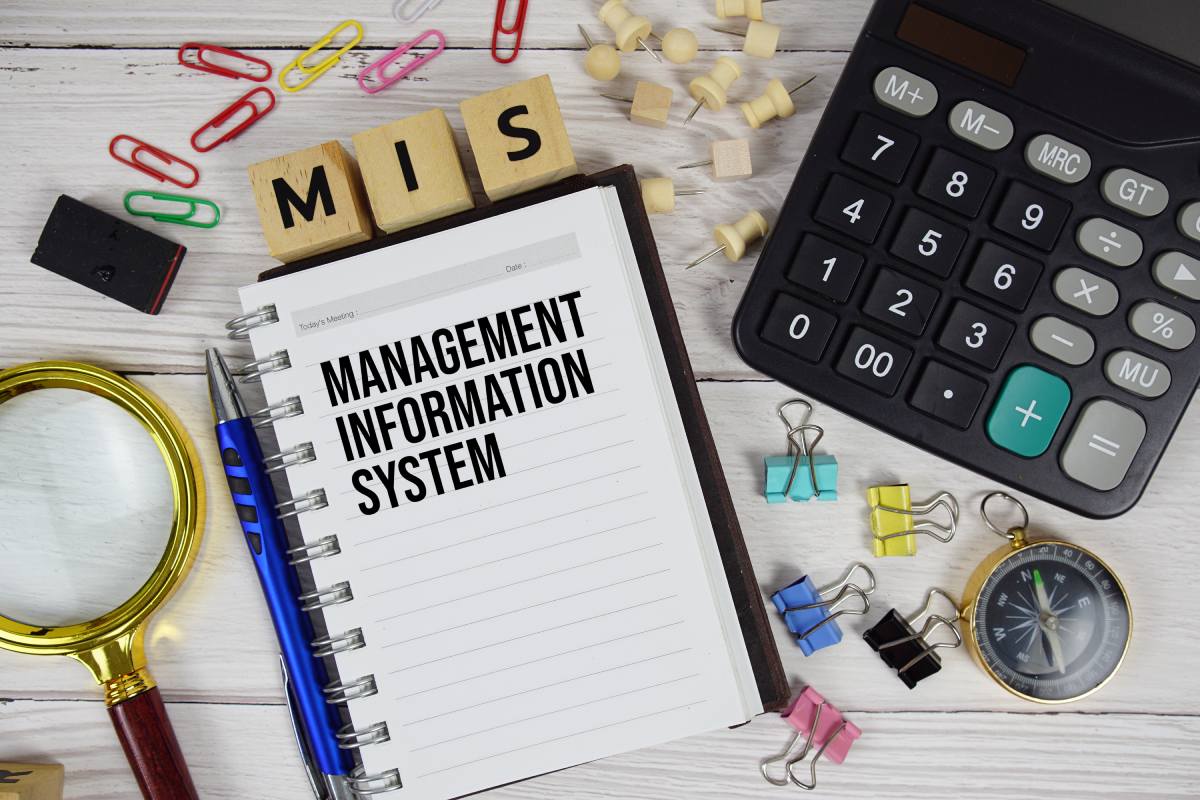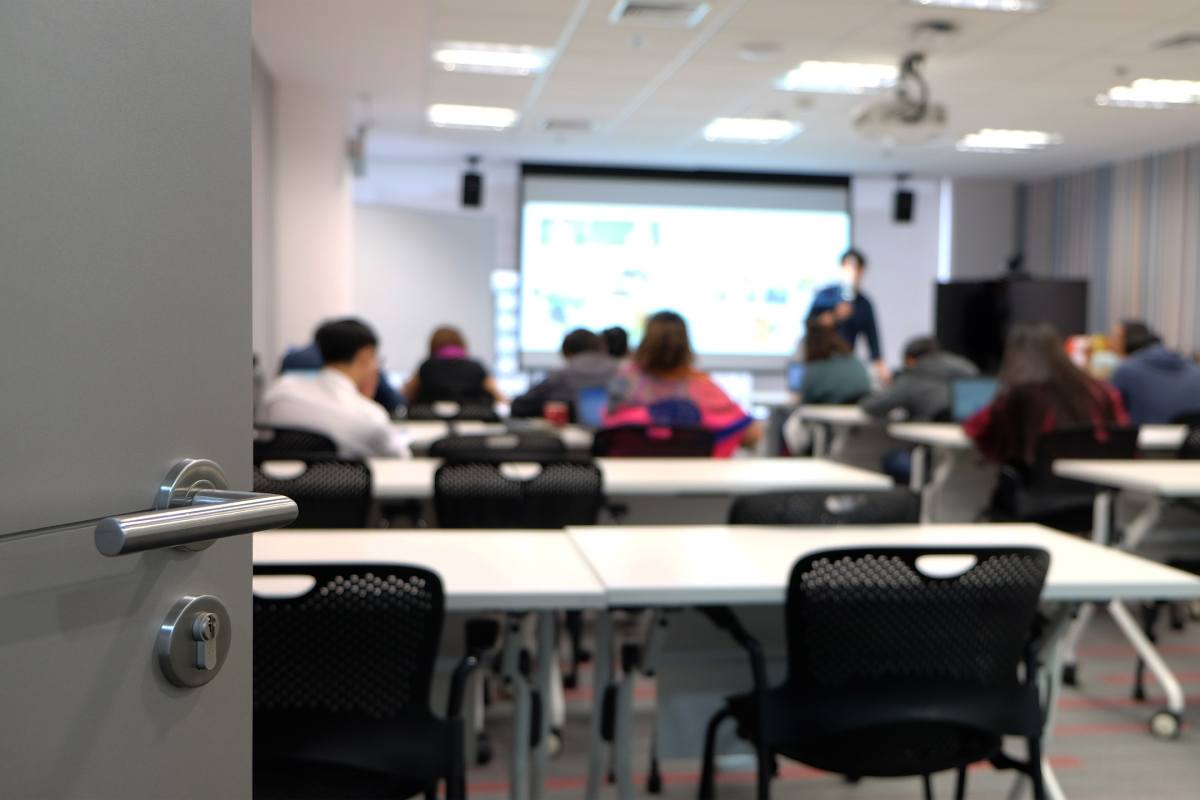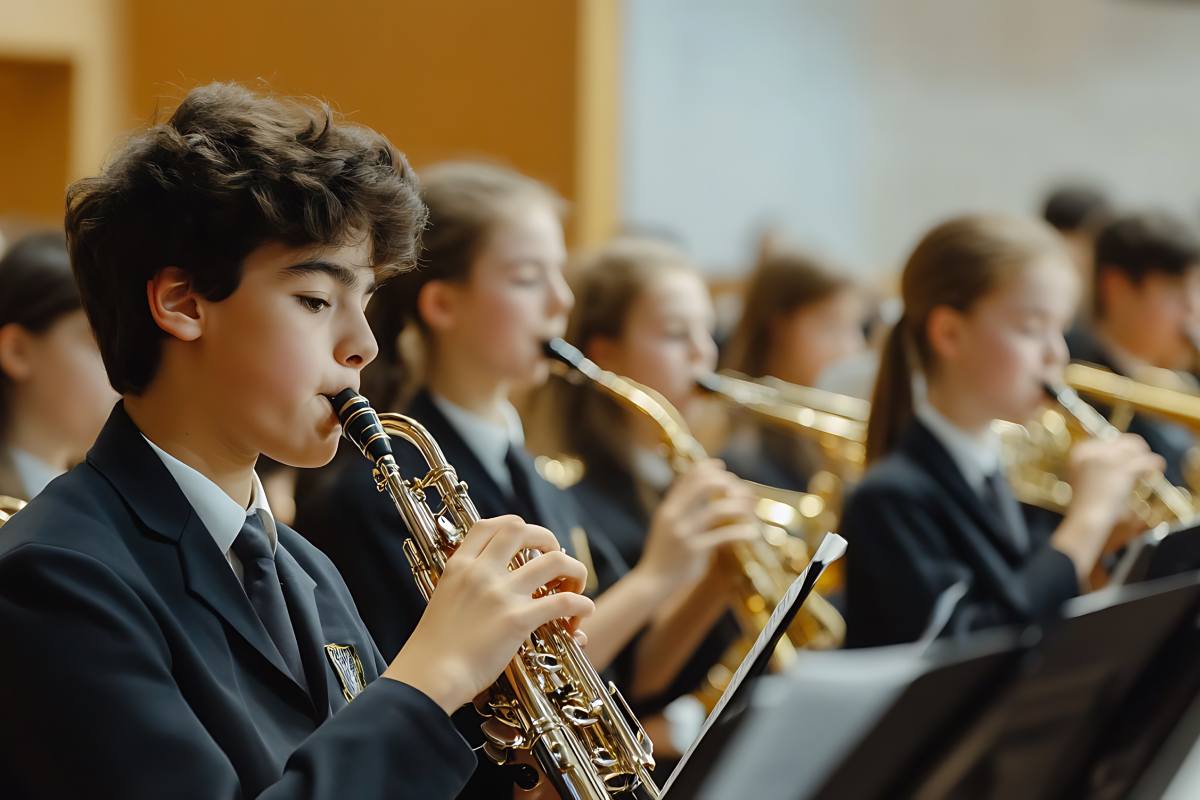When it comes to education, there’s no such thing as a one-size-fits-all approach. This is especially true for autistic students, whose brains are structurally and functionally different from their neurotypical peers.
By embracing these differences, teachers can create more inclusive classrooms that support every student’s path to success.












